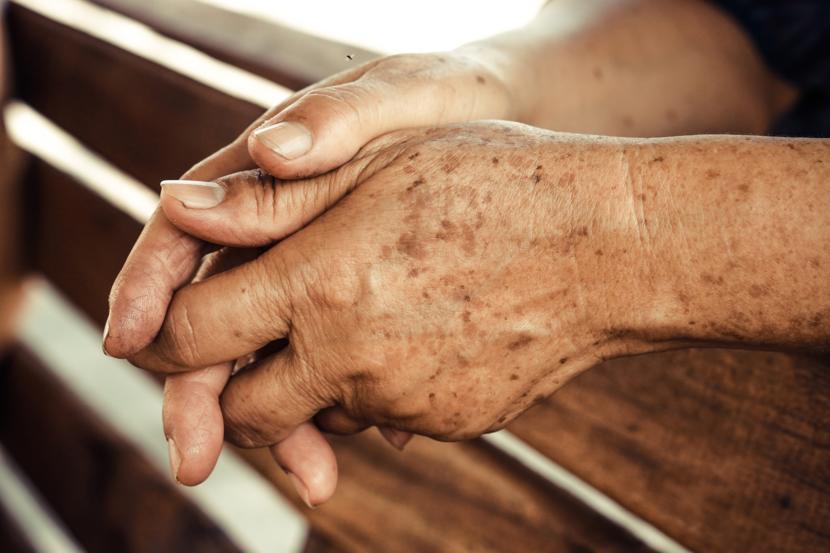How to Treat Age Spots

Studies show that the tone of the skin and presence of extra pigmentation on the skin have a considerable effect in the perceived age of a woman. So it is no wonder that more and more people are now trying to get the best age-defying looks by reducing the spots on the skin. The most prominent among them being the brown spots on hands and the face. Although the name ‘age spots’ indicate a connection between aging and the appearance of spots on skin, aging is not quite the reason for the appearance of these undesirable pigmentations. Age spots or solar lentigines are caused by sun damage of the skin. These spots are common in people above the age of 40-years-old and may be seen in younger people as well.
Treatments are now available to remove or lighten the brown spots on the skin. Most of the treatments penetrate the upper layer of the skin, the epidermis.
Some of the most common treatment options for age spots include:
- Medications – Bleaching creams containing hydroquinone are usually recommended to reduce or lighten the spots. This may be used alone or in combination with retinoids and mild steroids. One should also remember to protect the skin from sun damage by using a broad spectrum sun protection cream. Medications may sometimes cause itching, redness, or dryness of the skin.
- Laser therapy – This therapy is used to destroy the pigment-producing cells under the skin. The treatment is usually done in multiple sittings and the spots gradually fade away with time. There are very few side effects for this therapy and is very popular.
- Cryotherapy – In this method, liquid nitrogen or another freezing agent is used to destroy the pigmented spots on the skin. It is found to be effective on a single spot or on a group of age spots. Some of the common side effects of the treatment include scarring and discoloration.
- Dermabrasion – The skin surface is scaled down using a brush to remove the skin surface. This allows formation of new skin. Dermabrasion may result in redness and scab formation.
- Chemical peel – In this procedure, a chemical is used to peel off the skin surface so that new skin forms in its place. Following this, the skin should be well protected using sunscreen. It may result in slight skin irritation or discoloration.











